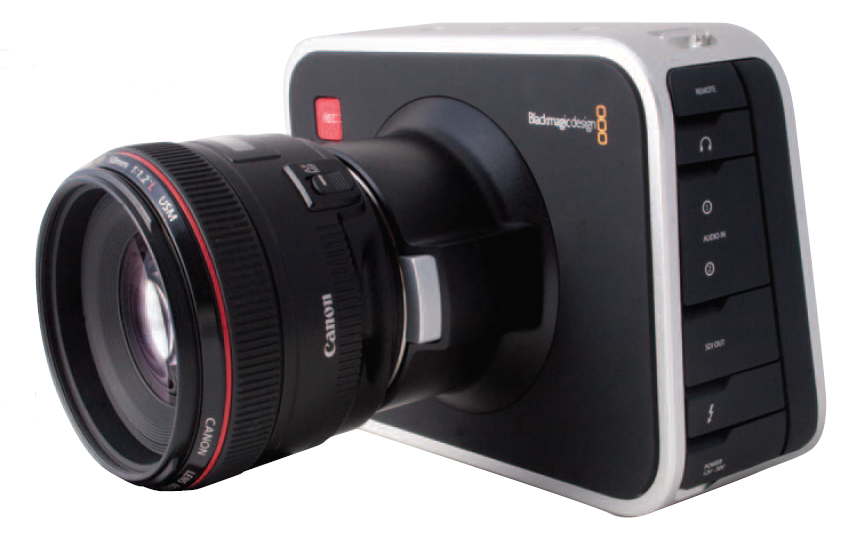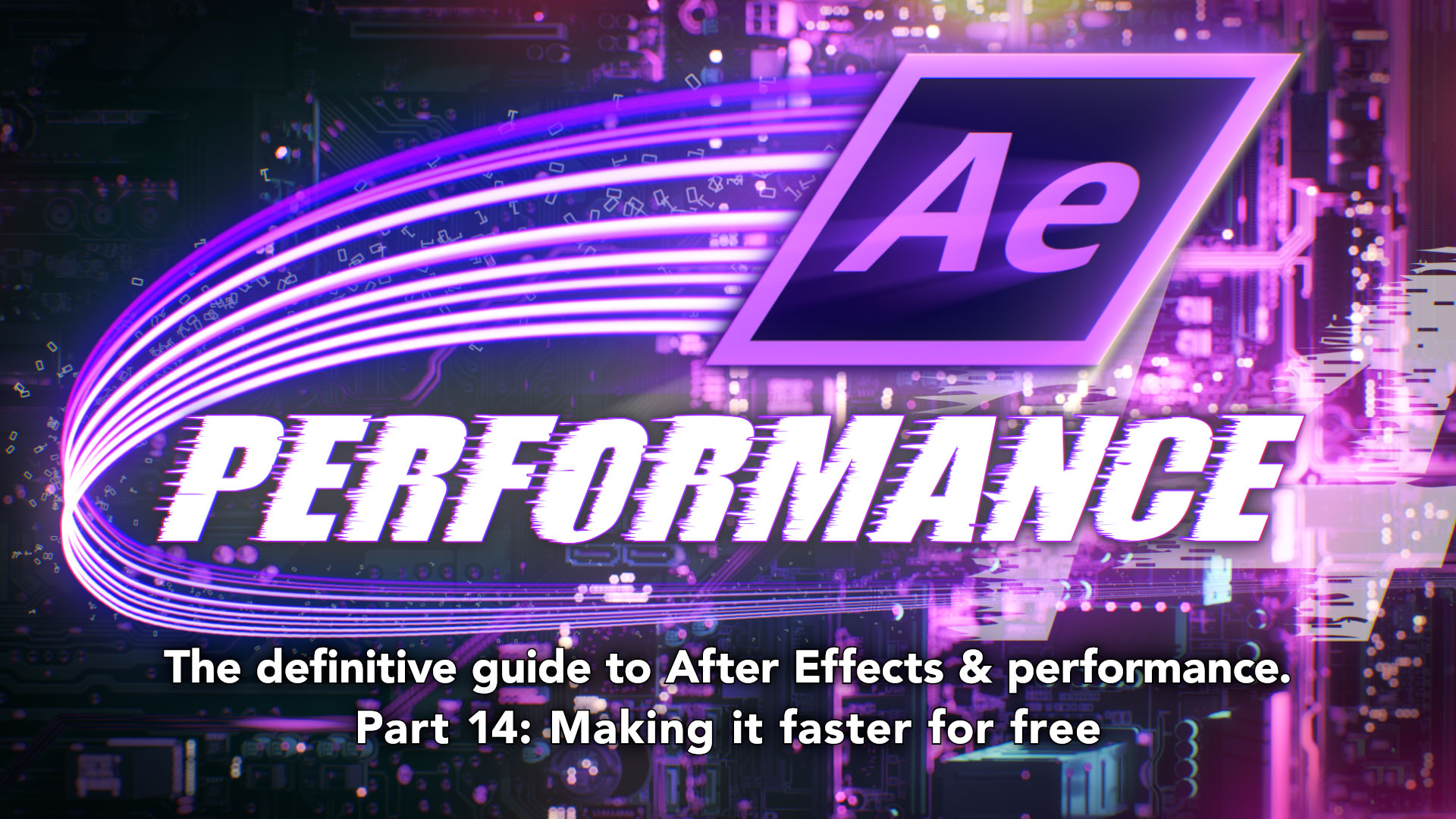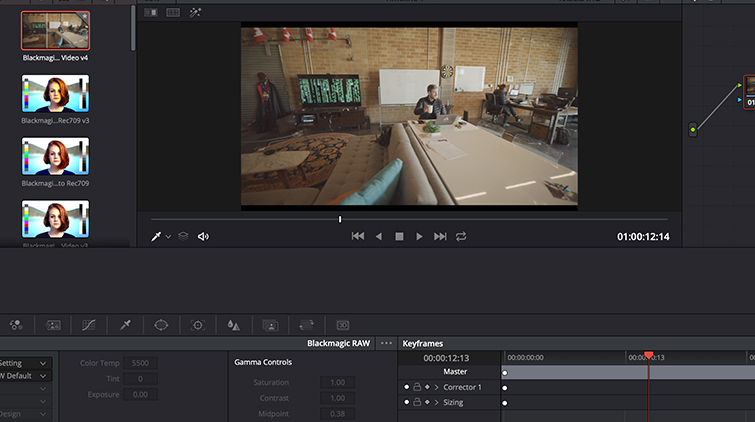For a project recently, the editor was overseas, and a producer called me asking how to get the editor this footage. It was shot using Blackmagic Raw. Even after transcoding to ProRes the file size was enormous, and sending it online would have taken forever. So I transcoded to 1920×1080 h264 (using Vimeo Specs). They come in.cube format, which is compatible with Premiere Pro CC, Sony Vegas, FCPX, After Effects CC, and DaVinci Resolve. Use any Blackmagic LUT to edit footage of various genres. Blackmagic LUTs #1 'Tint Shadow' Free. Blackmagic LUT #2 'Green Dust'.
- Blackmagic Raw Components
- Blackmagic Raw After Effects Program
- Blackmagic Raw Pc
- Blackmagic Raw Adobe After Effects
Cover image via
Just received your Blackmagic Design Cinema Camera and itching to shoot some RAW footage? These resources will help you get started and make the most of your shiny new camera!
With some video professionals just now receiving their long awaited Blackmagic Design Cinema Camera it seems like a good time to be learning how to deal with all the RAW footage that might be coming your way. These resources should help you get started whether your shooting or editing RAW footage shot with the BMDCC.
Preparing for RAW – a DP’s perspective
Ryan E Walters has written up a great post on how to prepare yourself to shoot RAW before you hit the set, while you’re on set and what to do with the footage in post production. If you’re a cameraman or DP this post is definitely worth reading before you start taking on paying clients with your brand new Blackmagic Cinema Camera. Ryan comes everything from rigging the camera, thinking about audio and how to handle the amount of data you will be creating.
Blackmagic Design Cinema Camera – RAW Post Workflows
If you’re an editor planning a Cinema Camera RAW workflow or even wondering exactly what RAW is, then Oliver Peter’s post on RAW Workflows will fill you in with all you need to know. Oliver explains what CinemaDNG is, how RAW files function and then goes on to detail several ways of turning this image sequences into editable quicktimes using applications like Lightroom, Photoshop, After Effects and DaVinci Resolve. He also concludes with a thought about why you might want to shoot BMD film instead, which records to Pro Res HQ Quicktimes.
Correctly importing camera raw images is important. For instance, Apple Final Cut Pro X will natively read the BMCC’s CinemaDNG files, but it currently has no raw importer settings. If the “as shot” metadata makes the image appear overexposed with clipped highlights, you cannot recover that detail from within FCP X. Likewise, not all camera raw importers use the same values. An image opened at the default or the “as shot” value in DaVinci Resolve will look different than in an Adobe application. The beauty of raw, though, is that the image is within an adjustable range and any of these importers will give you good results with a few tweaks.
How does the BMDCC compare with other cameras?
Blackmagic Raw Components

A DP friend of mine, Adam Roberts, just recently received his brand new Blackmagic Design Cinema Camera and immediately set about doing some hair and skin tests to compare its image with the Sony FS100 and Canon 5D Mark II. You can even download some sample DNG files if you want to get into the nitty gritty of the images for yourself. Adam details his full workflow with the BMDCC RAW files in the comments section on vimeo.

One of the big benefits of the Blackmagic cameras is their ability to shoot raw – lossless Cinema DNG files that capture an incredible range of detail. But encoding those files into a useable format for editing can be tricky, especially if your computer won’t run the processor-intensive DaVinci Resolve which ships with the camera.
You can usually turn to the Adobe Creative Suite when faced with intractable transcoding problems, and sure enough After Effects provides one solution for raw to ProRes conversion.
I’ll take you through it, step by step. Let’s assume you’ve been shooting on a Blackmagic Cinema Camera and you have some 2.5K raw shots which you want to drop into your edit timeline alongside 1080P ProRes 422HQ material.
1. In After Effects’ launch window, select New Composition. A dialogue box will appear in which you can spec up your project. For this example, we’re going to choose the standard HDTV resolution of 1920×1080. It’s critical that you get your frame rate right, or your audio won’t sync. Click OK once you’ve set everything to your liking.
2. Now go to the File menu and select Import > File. Navigate to the raw material on your hard drive. The BMCC creates a folder for each raw clip, containing the individual Cinema DNG frames and a WAV audio file. Select the first DNG file in the folder and ensure that Camera Raw Sequence is ticked, then click OK.

3. You’ll then have the chance to do a basic grade on the shot – though with only the first frame to judge it by.
4. Use Import > File again to import the WAV audio file.
5. Your project bin should now contain the DNG sequence – shown as a single item – along with the WAV audio and the composition. Drag the DNG sequence into the main viewer window. Because the BMCC’s raw mode records at a resolution of 2.5K and you set your composition to 1080P, the image will appear cropped.
6. If necessary, zoom out (using the drop-down menu in the bottom left of the Composition window) so you can see the wireframe of the 2.5K image. Then click and drag the bottom right corner of that wireframe to shrink the image until it fits into the 1080P frame. Hold down shift while dragging to maintain the aspect ratio.
7. Drag the WAV audio onto the timeline, taking care to align it precisely with the video.
8. Go to Composition Settings in the Composition menu and alter the duration of the composition to match the duration of the clip (which you can see by clicking the DNG sequence in the project bin).
9. Go to the Composition menu again and select Add to Render Queue. The composition timeline will give way to the Render Queue tab.
10. Next to the words Output Module in the Render Queue, you’ll see a clickable Lossless setting (yellow and underlined). Click this to open the Output Module Settings.
11. In the Video Output section, click on Format Options… We’re going to pick ProRes 422 HQ, to match with the non-raw shots we hypothetically filmed. Click OK to close the Format Options.
Blackmagic Raw After Effects Program
12. You should now be back in Output Module Settings. Before clicking OK to close this, be sure to tick the Audio Output box to make sure you don’t end up with a mute clip. You should not need to change the default output settings of 48kHz 16-bit stereo PCM.
Blackmagic Raw Pc
13. In the Render Queue tab, next to the words Output to you’ll see a clickable filename – the default is Comp1.mov. Click on this to bring up a file selector and choose where to save your ProRes file.
Blackmagic Raw Adobe After Effects
14. Click Render (top far right of the Render Queue tab). Now just sit back and wait for your computer to crunch the numbers.
I’ve never used After Effects before, so there are probably ways to streamline this process which I’m unaware of. Can anyone out there suggest any improvements to this workflow? Is it possible to automate a batch?
